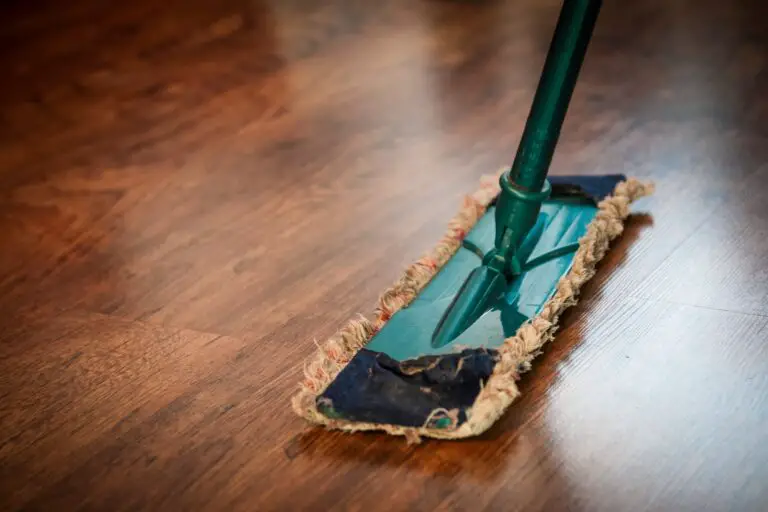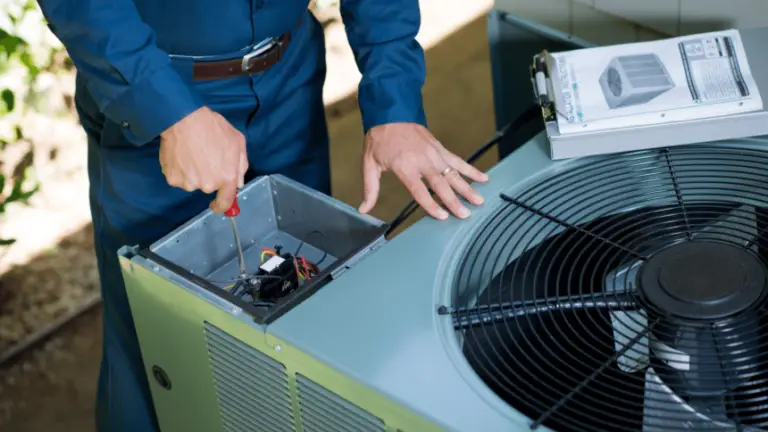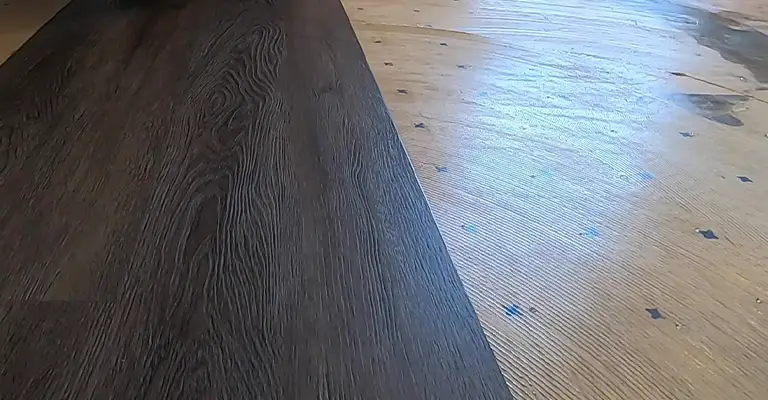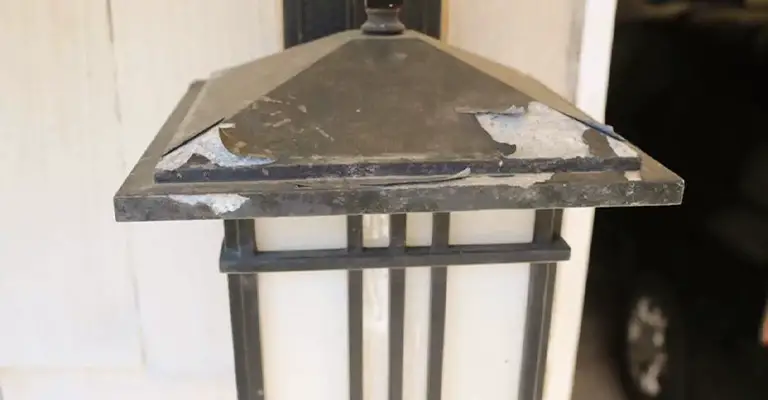The Guide to Cutting PVC: Techniques, Tools, and Tips
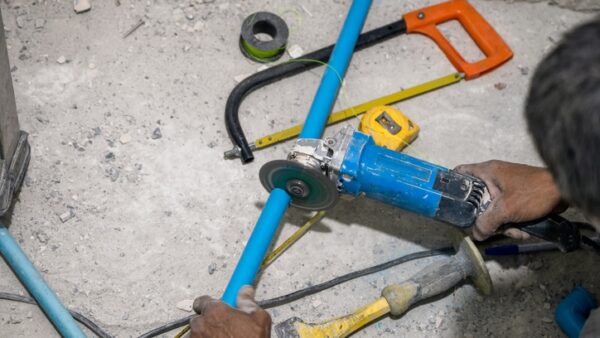
There’s no denying the ubiquitous presence of PVC (polyvinic chloride) in a wide array of construction, plumbing, and electrical projects. As a DIY enthusiast, hobbyist, or professional, you’ll find that learning how to cut PVC efficiently is an essential skill to master. Let’s delve into the world of PVC cutting, exploring the techniques, tools, and tips that make the process seamless and effective.
Understanding PVC
Rotating Pipe Cutter
PVC is a durable, lightweight, and versatile material used for countless applications. While it’s relatively simple to work with, cutting PVC requires precision and the right tools to ensure a clean, smooth cut that will form a solid, leak-free connection.
Essential Tools for Cutting PVC
Whether you’re tackling a minor home repair or a major construction project, the right tools will make your PVC cutting task smoother and more efficient. Here are some of the most commonly used:
Hacksaw
This is a universally available tool that’s easy to handle, making it ideal for small-scale, less frequent PVC cutting. Despite its availability and affordability, it can result in uneven and jagged cuts if not used properly.
PVC Cutter
This tool is specially designed for PVC cutting and can handle diameters up to about 1.5 inches. It provides clean, square cuts, making it ideal for professional use.
Miter Saw
Perfect for larger-scale projects, a miter saw allows for efficient and precise PVC cuts, especially when dealing with larger diameter pipes.
Circular Saw
A circular saw can handle larger diameters and provides cleaner cuts. However, it requires caution and skill as it can lead to injuries if mishandled.
How to Cut PVC
Now that you’re familiar with the tools let’s walk you through the steps to cut PVC pipe.
1. Measure and Mark
Begin by accurately measuring the length of PVC you need. Mark the cutting line using a permanent marker, ensuring the mark goes all the way around the pipe for a square cut.
2. Secure the PVC
Next, use a vise or clamp to secure the PVC pipe, ensuring that it doesn’t move during the cutting process.
3. Cut the PVC
Choose the appropriate tool for the pipe size and the accuracy you need. Make your cut along the marked line, applying consistent pressure for a clean cut. Be sure to cut straight down through the pipe, not at an angle.
4. Clean Up
After cutting, there will likely be some burrs or rough edges left behind. Use a utility knife or sandpaper to smooth these out, ensuring a clean fit when you install the pipe.
Safety Tips for Cutting PVC
Cutting PVC is relatively straightforward, but you should always prioritize safety. Always wear protective goggles to shield your eyes from small PVC fragments, and use gloves to protect your hands. Moreover, be cautious when handling sharp cutting tools, especially power tools.
Pro Tips
For a cleaner cut, consider using a miter box to guide your hacksaw or PVC cutter. This will ensure a straight cut and prevent the pipe from turning while you’re cutting.
Expanding Your Skills: Advanced PVC Cutting Techniques
Now that you’ve mastered the basics of cutting PVC, it’s time to expand your skillset with some advanced techniques. Whether you’re aiming for more complex angles or dealing with larger pipes, these techniques will help you take your PVC cutting to the next level.
Cutting Larger PVC Pipes
Working with larger PVC pipes, such as those often found in heavy-duty construction projects, requires different tools and a slightly altered approach.
1. Measure and Mark
Measure the required length and mark it on the pipe.
2. Secure the PVC
Secure the pipe, but remember, larger PVC pipes may require stronger clamps or a more substantial workbench.
3. Cut the PVC
Due to the larger diameter, use a circular saw for this job. Make sure you follow the line precisely.
4. Clean Up
Larger pipes often leave more significant burrs. Use a deburring tool or coarse sandpaper to smooth these out.
Conclusion
Plastic Pipe Cutters
Whether you’re a DIY hobbyist or a seasoned professional, the importance of mastering the art of cutting PVC pipe cannot be overstated. Tools like the plastic pipe cutter and PVC pipe cutter have been ingeniously designed to simplify the task, often employing a ratcheting mechanism to create clean, precise cuts. For more complex cuts or larger diameters, PVC pipe cutters may also include a rotating functionality, similar to a saw blade, allowing you to cut PVC pipes with a mere twist of the wrist.
Ratcheting Pipe Cutter
When working on a PVC project, having an array of tools at your disposal can significantly improve efficiency and precision. Miter saws, for instance, are excellent for cutting PVC piping, especially when dealing with thicker walls or larger diameters. If your project involves working in tight spaces, a sharp utility knife might be your best bet, and for larger pipes or bulkier workloads, an electric miter saw can be a game-changer. However, regardless of the tool you choose, remember to clean the inner and outer rim of your cut for a smooth finish and a proper fit.
Cutting PVC Pipes
Procuring these tools is as easy as heading to your local hardware store, where you’ll find everything you need to cut PVC pipes. Remember to always work on a stable surface and keep your pipe steady to prevent accidental slips. Polyvinyl chloride, while robust and versatile, is still a plastic that requires a delicate touch to maintain its integrity. With the right tools, techniques, and safety precautions, you’ll be ready to tackle any PVC-related task with ease and precision.

